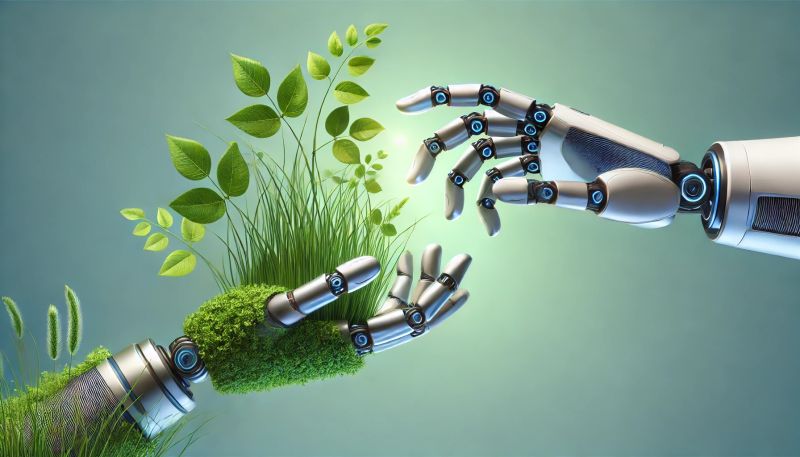Artificial Intelligence (AI) is emerging as a powerful tool in the fight against environmental challenges. From climate modeling to resource management, recent breakthroughs in AI are paving the way for smarter, faster, and more sustainable solutions.
How AI is Transforming Environmental Efforts
AI can process vast amounts of environmental data, identify patterns, and make accurate predictions that humans alone could not achieve efficiently. These capabilities are leading to innovative strategies for tackling global issues such as climate change, pollution, deforestation, and wildlife conservation.
Key Breakthroughs in AI and the Environment
Climate Change Modeling and Prediction
AI is revolutionizing how scientists model climate patterns by quickly analyzing complex datasets from satellites, sensors, and climate stations. Advanced AI models can predict extreme weather events, track greenhouse gas emissions, and help policymakers plan more effective climate action.
Smart Energy Management
AI technologies are improving energy efficiency by optimizing power grids, reducing energy waste, and supporting the growth of renewable energy sources. AI can forecast energy demands and balance supply from solar, wind, and other sustainable sources, making green energy systems more reliable.
Precision Agriculture
AI is playing a critical role in sustainable farming through precision agriculture. By analyzing soil conditions, weather patterns, and crop health in real-time, AI enables farmers to use fewer resources while maximizing yields. This leads to more efficient water usage, reduced pesticide reliance, and improved food security.
Wildlife Protection and Conservation
AI-powered camera traps, drones, and acoustic sensors are helping conservationists track endangered species, monitor illegal poaching, and map animal habitats. These smart systems allow for quicker, more accurate responses to environmental threats.
Pollution Detection and Control
AI is enhancing the detection of air, water, and soil pollution by rapidly processing sensor data to identify contamination sources. AI-driven systems can monitor urban air quality in real-time, helping cities take timely action to protect public health.
Disaster Response and Management
AI is being used to improve early warning systems for natural disasters like floods, earthquakes, and wildfires. AI models can analyze risk factors and provide emergency responders with actionable insights, reducing potential damage and saving lives.
Considerations for AI and Environmental Solutions
While AI offers significant promise for environmental progress, it is important to ensure:
- Ethical Data Use: Data collection and AI deployment should respect local communities and ecosystems.
- Energy Consumption: AI systems themselves should be designed with energy efficiency in mind to avoid contributing to carbon emissions.
- Collaboration Across Sectors: Environmental breakthroughs require collaboration between AI experts, scientists, policymakers, and local communities to ensure practical and impactful solutions.
Conclusion
AI is driving groundbreaking advancements in how we understand, protect, and sustain our environment. From climate prediction to conservation, these technological breakthroughs offer hope for addressing some of the world’s most urgent ecological challenges. Moving forward, responsible and energy-conscious use of AI will be crucial to ensure that these innovations truly benefit the planet.







Leave feedback about this